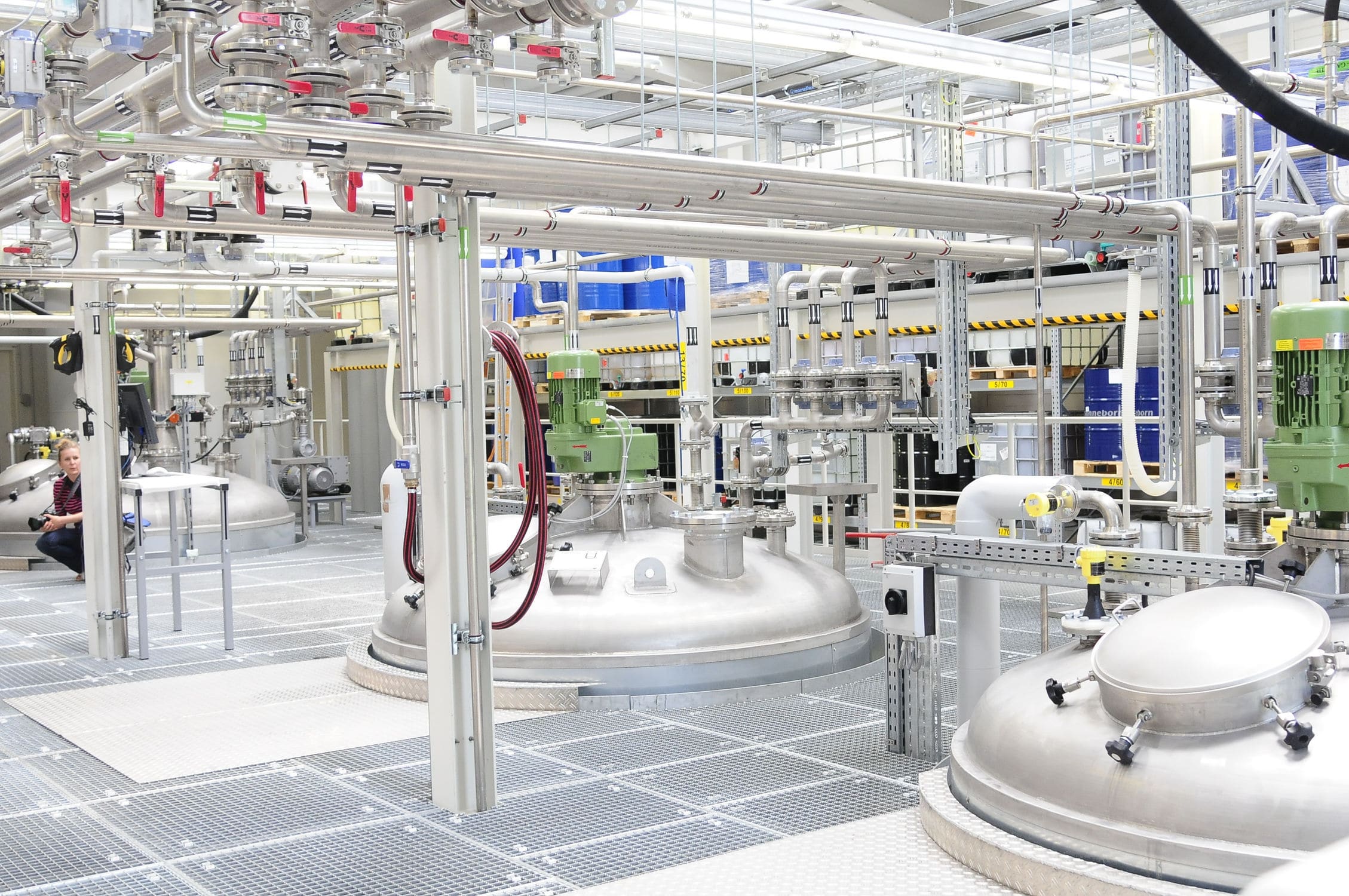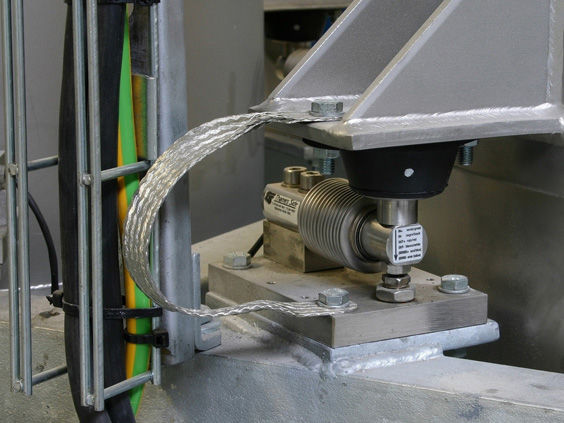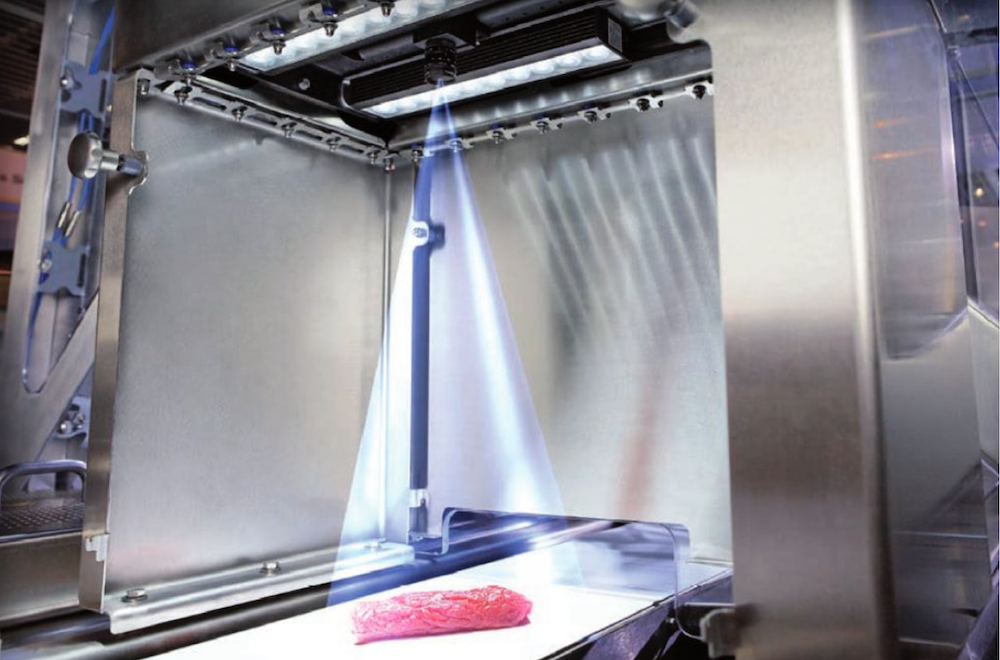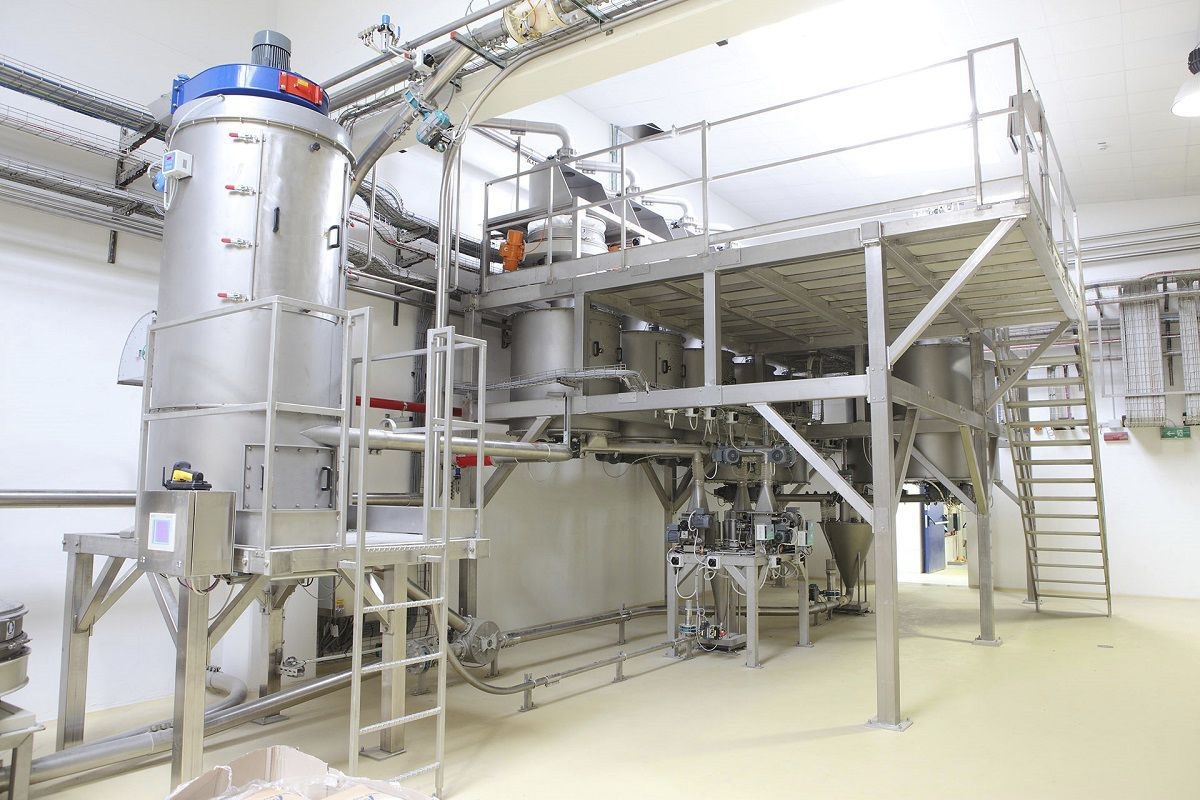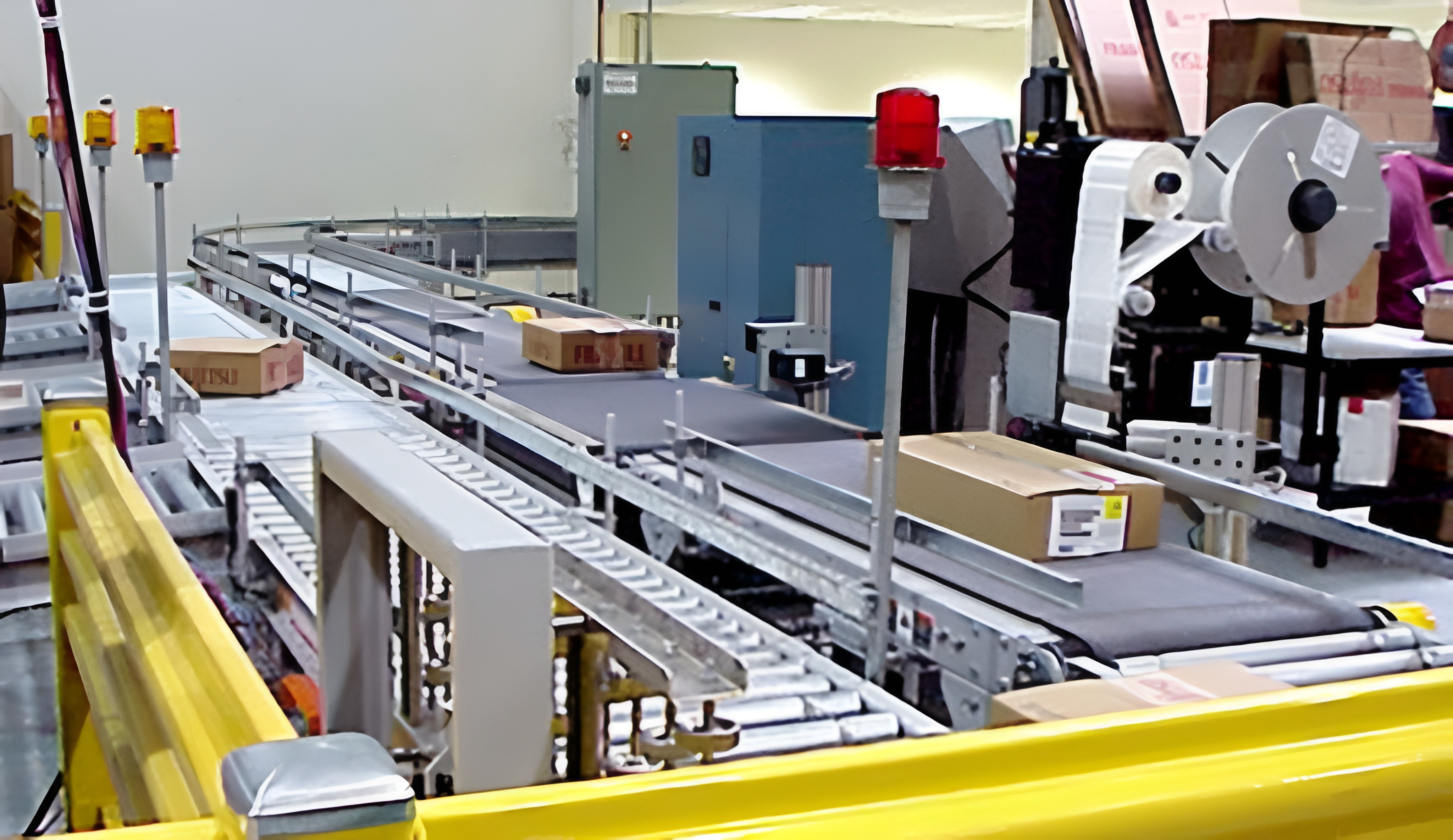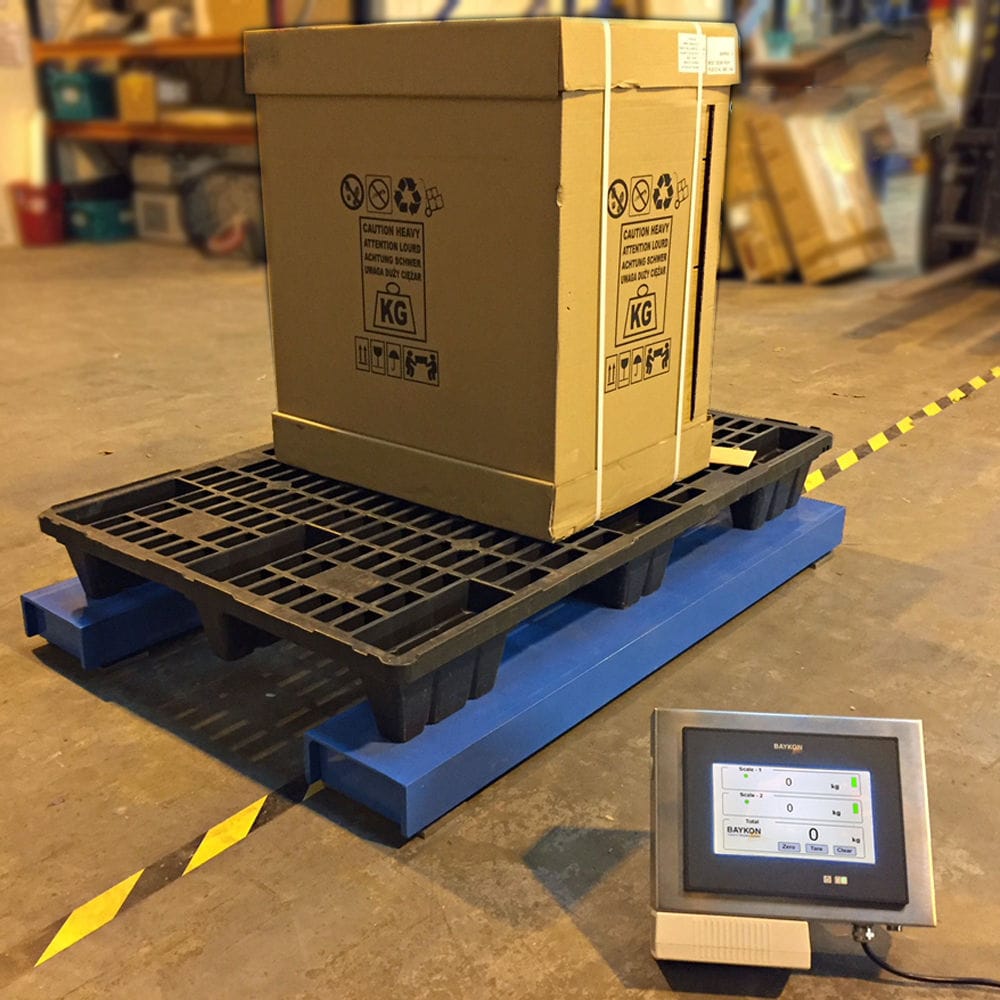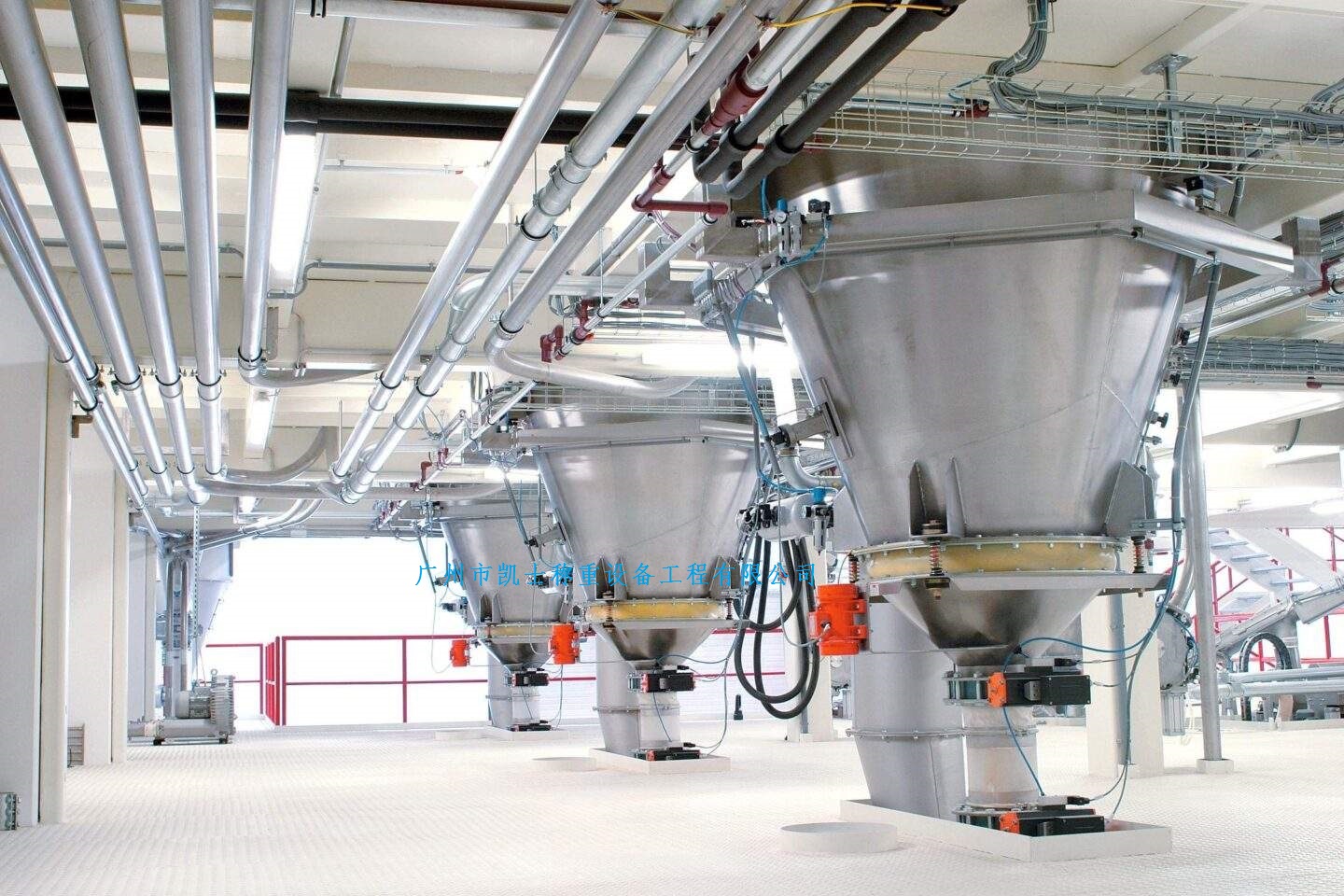

The belt scale control system detects the weight of the material and outputs a weak millivolt signal. The signal amplifier amplifies it and sends it to the weighing instrument (main unit) in the form of current. The main unit calculates and processes to obtain the cumulative weight and instantaneous flow rate of the material at this time, and sends a PID control signal based on the difference between the set quantity value and the current flow rate value to control the feeding equipment to reach the required flow rate.
 020-34563445
020-34563445Before the belt scale control system is put into operation, the set value of the material flow rate on the conveyor belt is set by the operator on the keyboard. After the system is put into normal operation, the signal of the belt load weighing module and the motor speed signal are sampled. The instantaneous flow rate of the material on the belt can be calculated by multiplying the belt running speed signal by the instantaneous weight per unit length of the belt. The instantaneous flow rate can be displayed by the weighing instrument, providing process data reference for the operators.
The belt scale consists of a buffer, weighing and speed measurement idlers, on-site signal amplifiers, on-site load cells, on-site speed control controllers, weighing instruments and industrial computers. There is a hopper above the belt. When the belt moves, the materials are conveyed out along with it. The conveyor belt is driven by a slip motor (electromagnetic speed-regulating asynchronous motor). The frequency of the output signal from the speed sensor is proportional to the belt speed. A load cell is installed below the conveyor belt, which outputs a voltage signal proportional to the material on the belt. The speed signal and weight signal received by the weighing instrument are used to calculate the instantaneous flow rate of the material on the belt and display it. The actual flow rate value is compared with the set flow rate value. Through PID regulation, the output current control signal is amplified by the preamplifier and power amplifier to control the conduction Angle of the thyristor. Thus, the rotational speed of the slip motor is adjusted to stabilize the material flow rate at the expected set value.
The speed of the belt scale can control the amount of material discharged by the disc. The motor is regulated by the speed controller to adjust the speed of the AC speed-regulating motor, and the 4-20mA signal from the external automatic control system is connected to adjust the motor speed, achieving a wide range of stepless speed regulation. The entire weighing process is carried out by the scale frame and weighing module, which detect the weight of the material and output a weak millivolt signal. The signal amplifier amplifies it and sends it to the weighing instrument (main unit) in the form of current. The main unit, after calculation and processing, obtains the cumulative weight and instantaneous flow rate of the material at this time, and sends a PID control signal based on the difference between the set value and the current flow rate to control the feeding equipment to reach the required flow rate In this belt scale system, each main weighing instrument independently forms a single batching scale. All instruments are connected to the centralized control computer through a bus, and the computer collects relevant data of each instrument to achieve various controls of each instrument by the computer.




